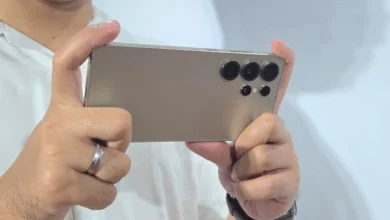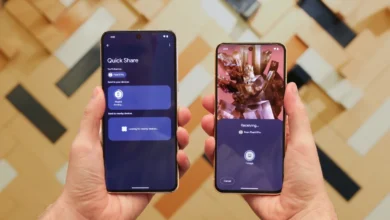Android 13 QPR3 Beta 2 comes with new features and resolve issues

A few days ago, Google released the Android 13 QPR 3 Beta 1 update, which comes with several fixes. In this release, the company has resolved several issues related to Bluetooth audio, clock, fingerprint, live wallpaper, and more issues that are related to UI. Now with the second beta release company has also addressed some issues; let’s know about it.
Android 13 QPR3 beta 2 resolves these issues
Android 13 QPR3 beta 2 update for the pixel devices, which resolves several issues that users report. According to the official page of Google, the latest beta update fixes the volume panel flickering issue. The problem causing notification shade closing has also been resolved.
Apart from these, the issue related to system UI getting stuck in a blurry state in some cases and the always-on display issue displayed over apps continued after unlocking the devices have also now been resolved.
The latest beta update also brings some new improvements for adaptive charging that can automatically adjust to your charging needs using on-device signals. In other words, now your device will manage the charging speed according to your scheduled timing and continue the charging cycle as per the preset time.
The Android QPR3 beta 2 update is now available for the Pixel devices, including Pixel 4a, Pixel 5, Pixel 5a, Pixel 6, Pixel 6 Pro, Pixel 6a, Pixel 7, and Pixel 7 Pro, users who own any of the mentioned devices can easily install the update. However, it is necessary to enroll in the Android Beta for Pixel program. If you have already enrolled in it, then you should receive the update by OTA.
The latest beta update can easily identify the latest update by its version number T3B2.230316.003. The update was released a few days ago, if you haven’t received it yet, you have to wait for some time, and it will surely reach every device.
Feature updates
- Improvements for Adaptive Charging that can automatically adjust to your charging needs using on-device signals.
Top resolved issues
The following issues have been resolved in Android 13 QPR3 Beta 2:
- Fixed an issue that caused the volume panel to flicker when adjusting the volume using the volume buttons.
- Fixed an issue that caused the system UI to get stuck in a blurry state in some cases, such as unlocking the device or finishing a phone call.
- Fixed an issue where the notification shade was closing immediately after a user opened it.
- Fixed an issue where the always-on display was displayed over apps and other content after unlocking the device.
- Fixed an issue where a device couldn’t copy apps and data wirelessly during first-time setup.



